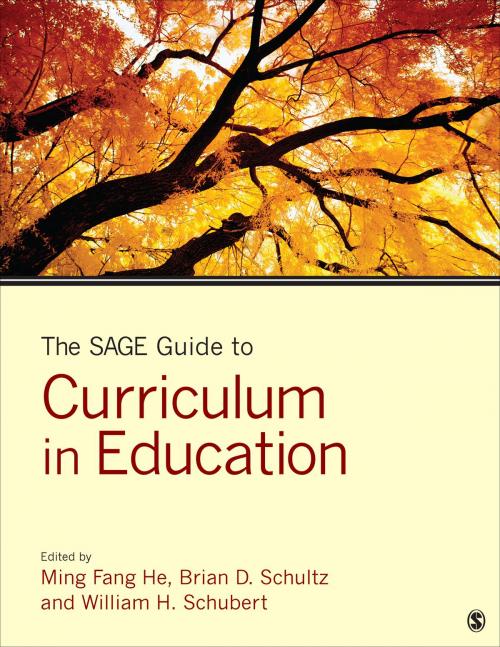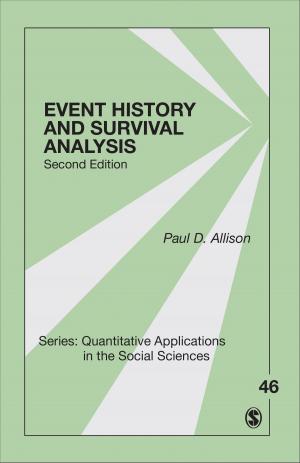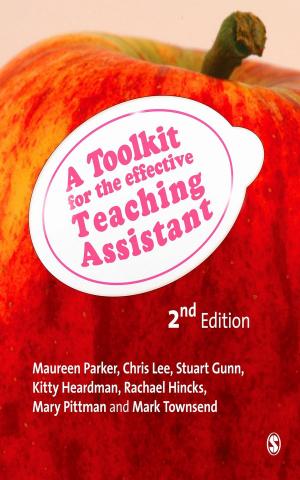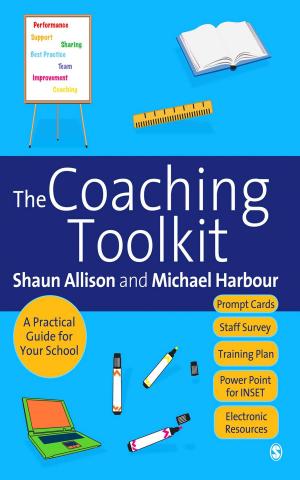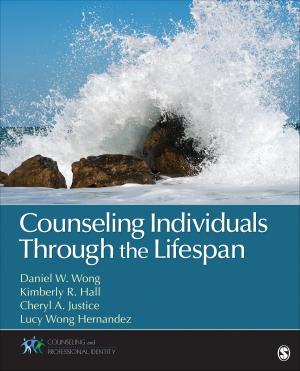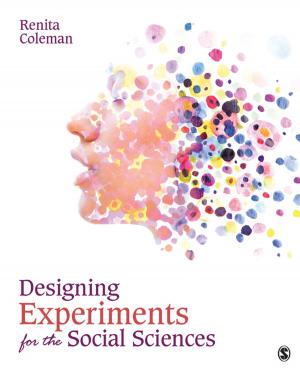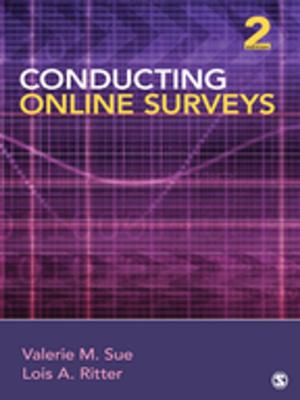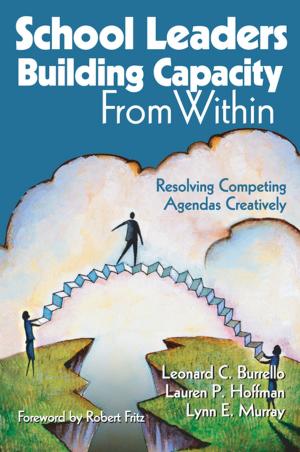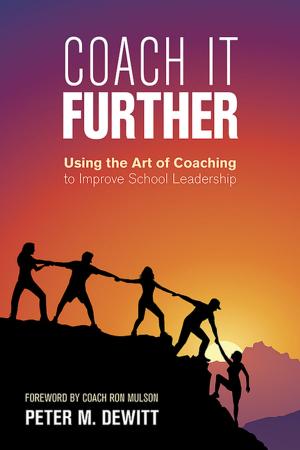The SAGE Guide to Curriculum in Education
Nonfiction, Reference & Language, Education & Teaching, Educational Theory, Curricula, Reference| Author: | ISBN: | 9781506328867 | |
| Publisher: | SAGE Publications | Publication: | June 5, 2015 |
| Imprint: | SAGE Publications, Inc | Language: | English |
| Author: | |
| ISBN: | 9781506328867 |
| Publisher: | SAGE Publications |
| Publication: | June 5, 2015 |
| Imprint: | SAGE Publications, Inc |
| Language: | English |
The SAGE Guide to Curriculum in Education integrates, summarizes, and explains, in highly accessible form, foundational knowledge and information about the field of curriculum with brief, simply written overviews for people outside of or new to the field of education. This Guide supports study, research, and instruction, with content that permits quick access to basic information, accompanied by references to more in-depth presentations in other published sources. This Guide lies between the sophistication of a handbook and the brevity of an encyclopedia. It addresses the ties between and controversies over public debate, policy making, university scholarship, and school practice. While tracing complex traditions, trajectories, and evolutions of curriculum scholarship, the Guide illuminates how curriculum ideas, issues, perspectives, and possibilities can be translated into public debate, school practice, policy making, and life of the general public focusing on the aims of education for a better human condition. 55 topical chapters are organized into four parts: Subject Matter as Curriculum, Teachers as Curriculum, Students as Curriculum, and Milieu as Curriculum based upon the conceptualization of curriculum commonplaces by Joseph J. Schwab: subject matter, teachers, learners, and milieu. The Guide highlights and explicates how the four commonplaces are interdependent and interconnected in the decision-making processes that involve local and state school boards and government agencies, educational institutions, and curriculum stakeholders at all levels that address the central curriculum questions: What is worthwhile? What is worth knowing, needing, experiencing, doing, being, becoming, overcoming, sharing, contributing, wondering, and imagining? The Guide benefits undergraduate and graduate students, curriculum professors, teachers, teacher educators, parents, educational leaders, policy makers, media writers, public intellectuals, and other educational workers.
Key Features:
Each chapter inspires readers to understand why the particular topic is a cutting edge curriculum topic; what are the pressing issues and contemporary concerns about the topic; what historical, social, political, economic, geographical, cultural, linguistic, ecological, etc. contexts surrounding the topic area; how the topic, relevant practical and policy ramifications, and contextual embodiment can be understood by theoretical perspectives; and how forms of inquiry and modes of representation or expression in the topic area are crucial to develop understanding for and make impact on practice, policy, context, and theory.
Further readings and resources are provided for readers to explore topics in more details.
The SAGE Guide to Curriculum in Education integrates, summarizes, and explains, in highly accessible form, foundational knowledge and information about the field of curriculum with brief, simply written overviews for people outside of or new to the field of education. This Guide supports study, research, and instruction, with content that permits quick access to basic information, accompanied by references to more in-depth presentations in other published sources. This Guide lies between the sophistication of a handbook and the brevity of an encyclopedia. It addresses the ties between and controversies over public debate, policy making, university scholarship, and school practice. While tracing complex traditions, trajectories, and evolutions of curriculum scholarship, the Guide illuminates how curriculum ideas, issues, perspectives, and possibilities can be translated into public debate, school practice, policy making, and life of the general public focusing on the aims of education for a better human condition. 55 topical chapters are organized into four parts: Subject Matter as Curriculum, Teachers as Curriculum, Students as Curriculum, and Milieu as Curriculum based upon the conceptualization of curriculum commonplaces by Joseph J. Schwab: subject matter, teachers, learners, and milieu. The Guide highlights and explicates how the four commonplaces are interdependent and interconnected in the decision-making processes that involve local and state school boards and government agencies, educational institutions, and curriculum stakeholders at all levels that address the central curriculum questions: What is worthwhile? What is worth knowing, needing, experiencing, doing, being, becoming, overcoming, sharing, contributing, wondering, and imagining? The Guide benefits undergraduate and graduate students, curriculum professors, teachers, teacher educators, parents, educational leaders, policy makers, media writers, public intellectuals, and other educational workers.
Key Features:
Each chapter inspires readers to understand why the particular topic is a cutting edge curriculum topic; what are the pressing issues and contemporary concerns about the topic; what historical, social, political, economic, geographical, cultural, linguistic, ecological, etc. contexts surrounding the topic area; how the topic, relevant practical and policy ramifications, and contextual embodiment can be understood by theoretical perspectives; and how forms of inquiry and modes of representation or expression in the topic area are crucial to develop understanding for and make impact on practice, policy, context, and theory.
Further readings and resources are provided for readers to explore topics in more details.
